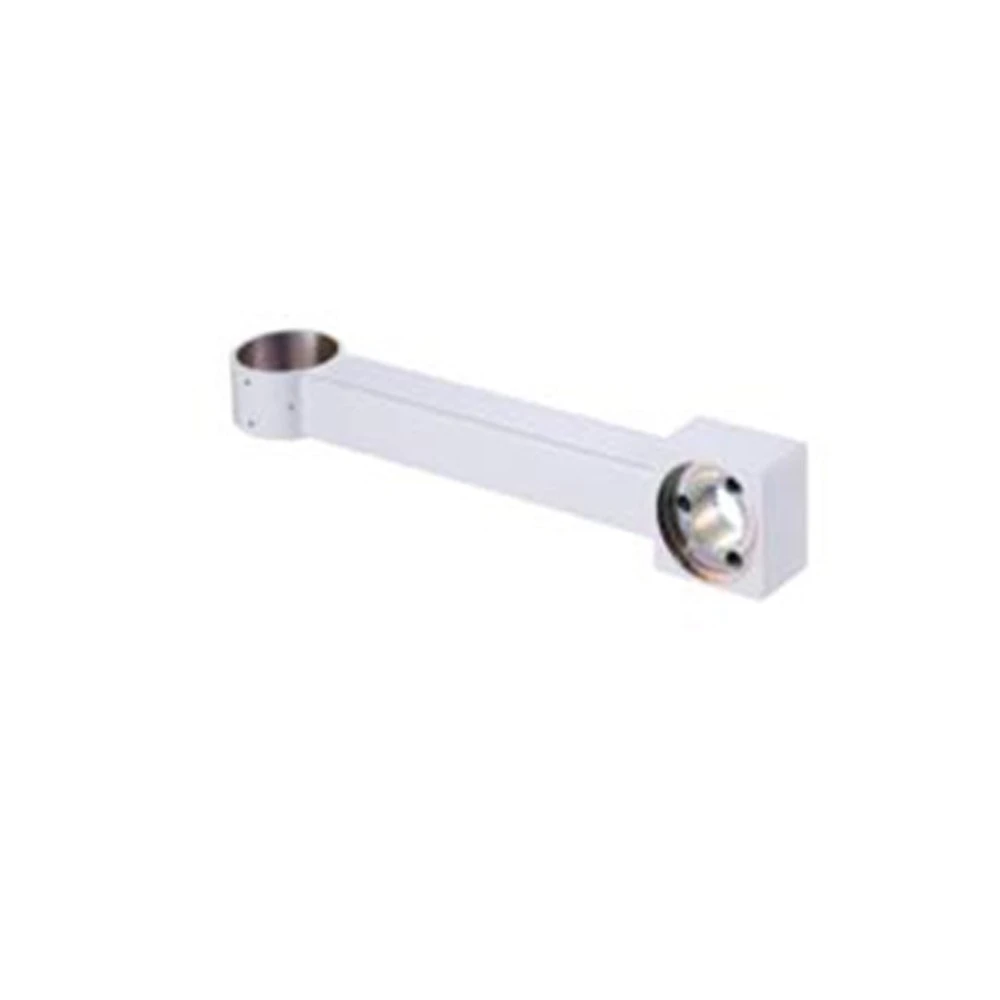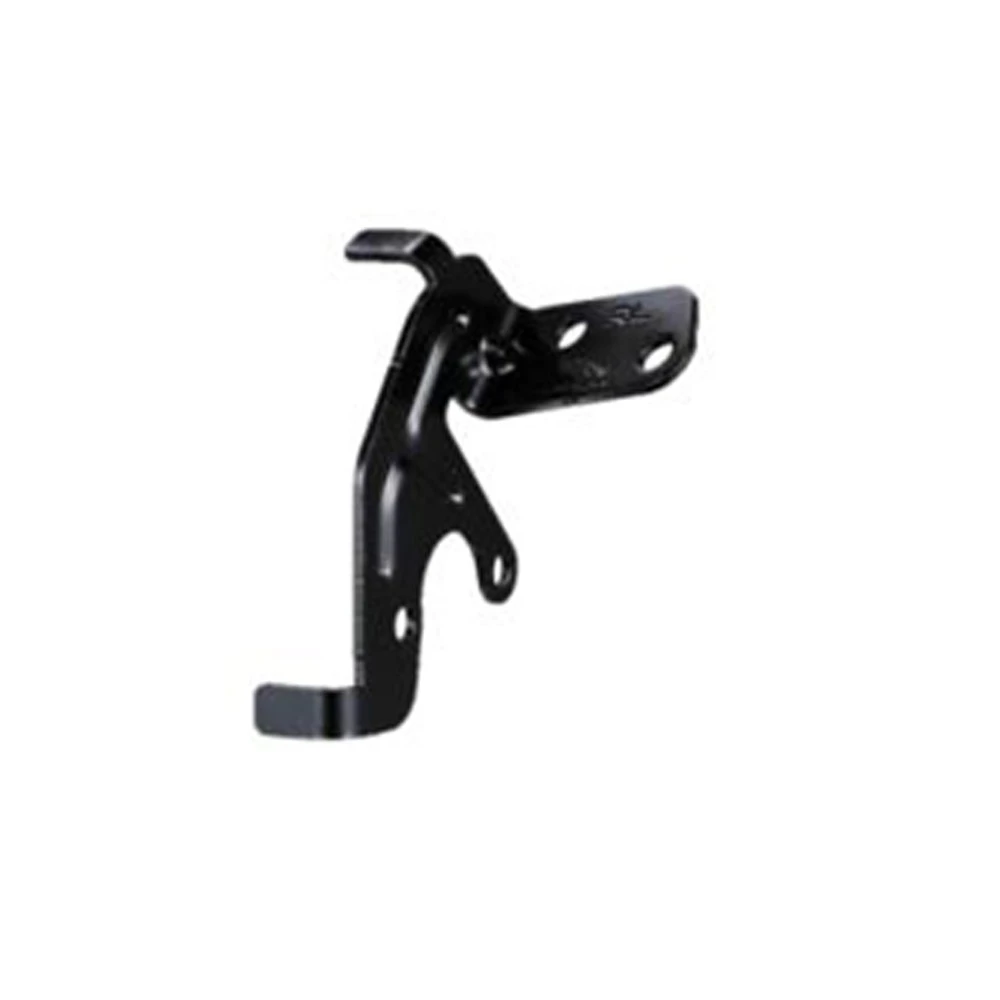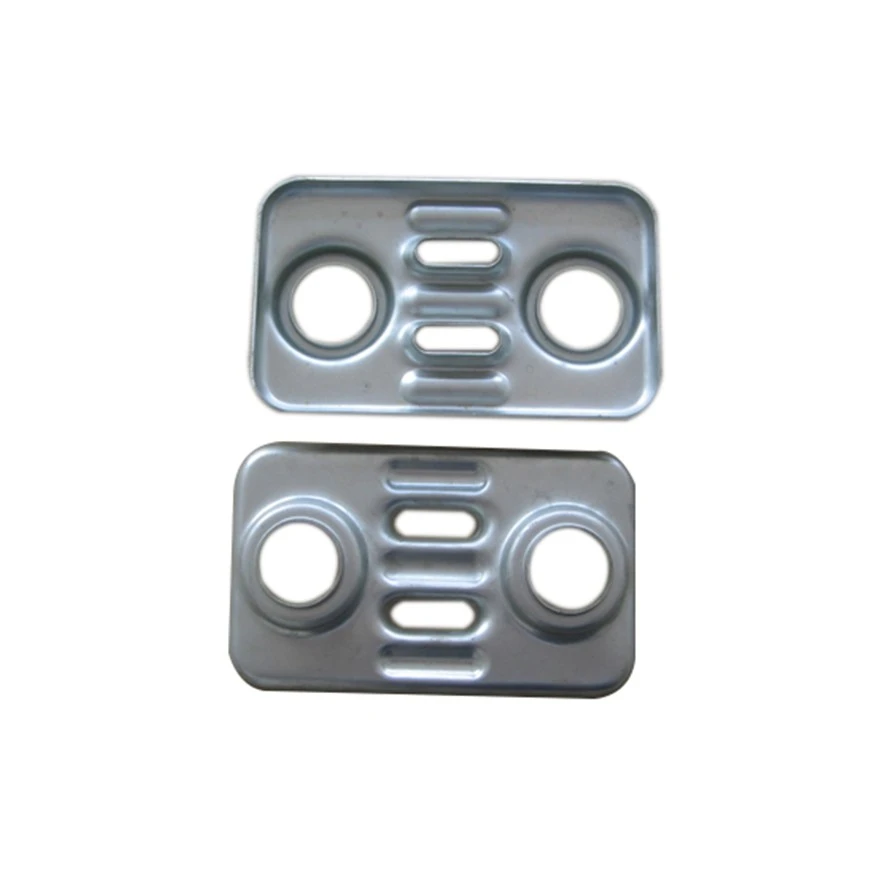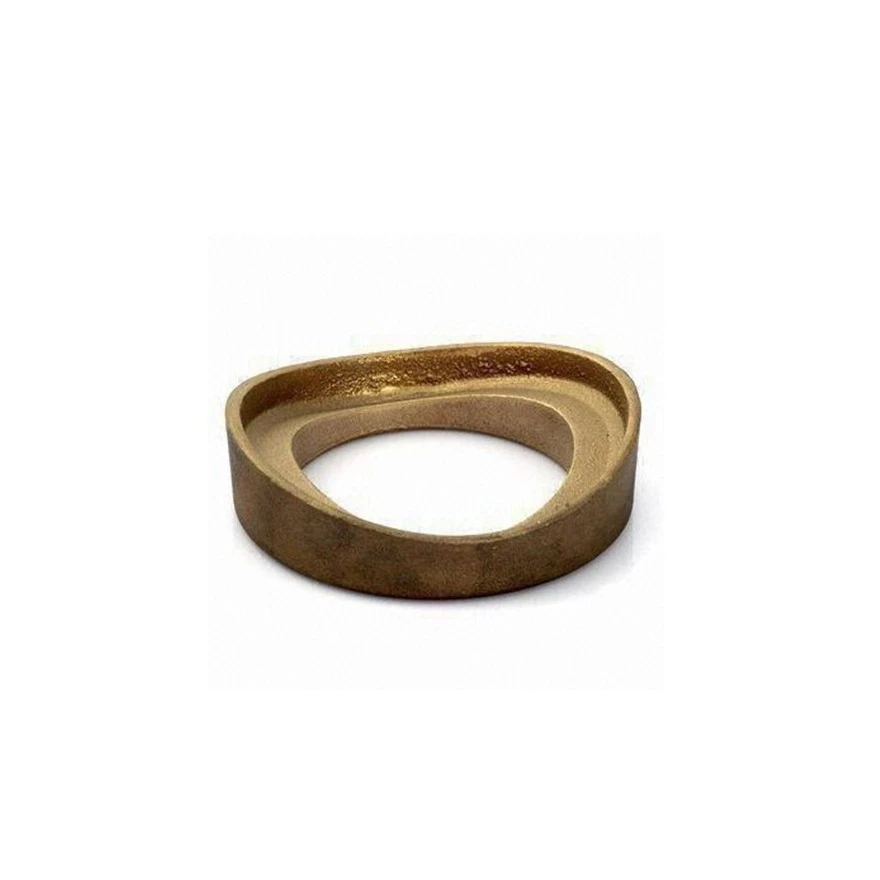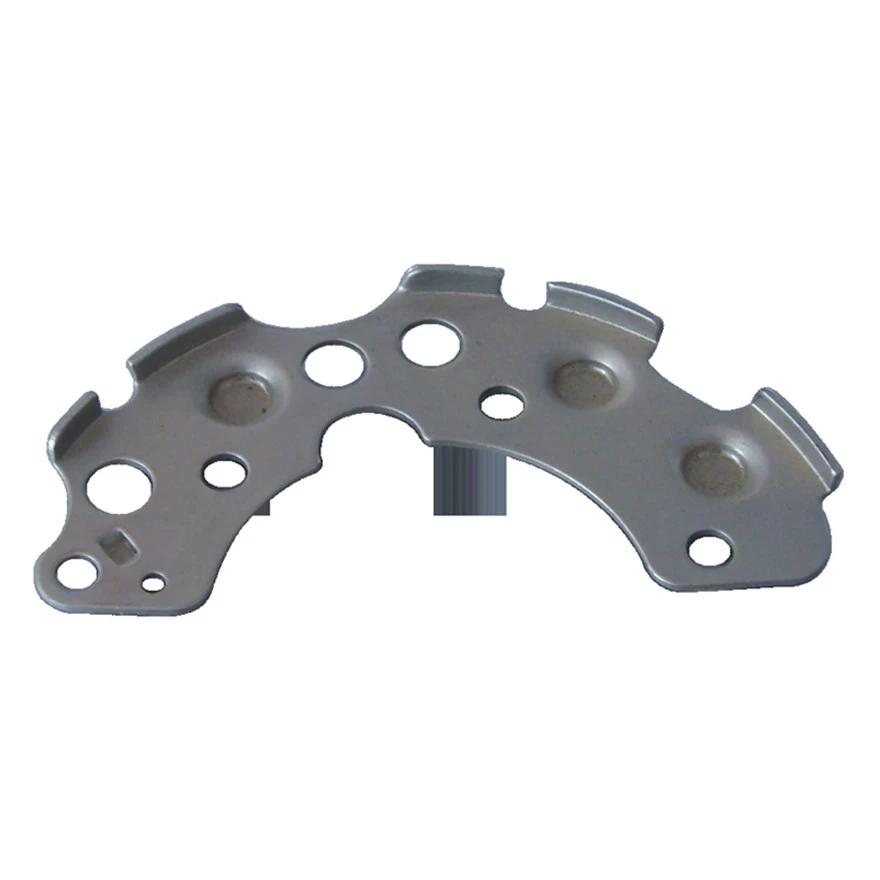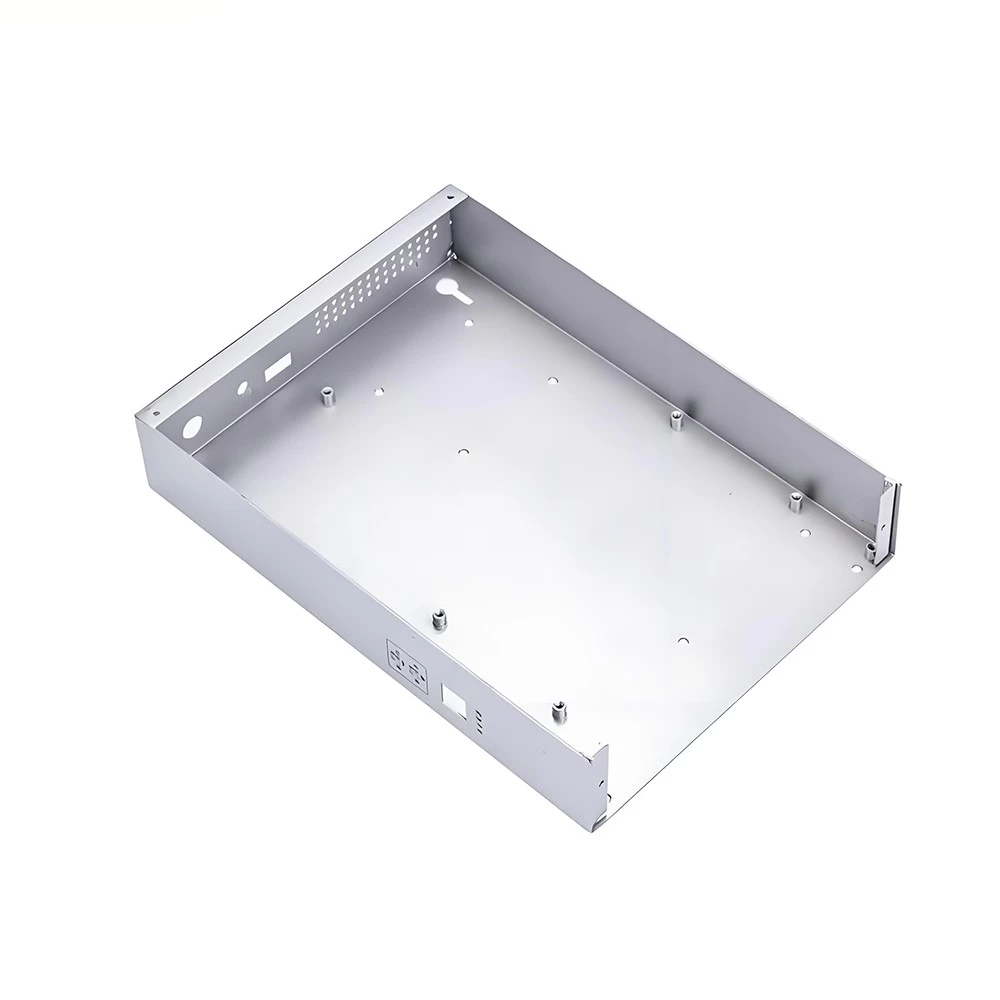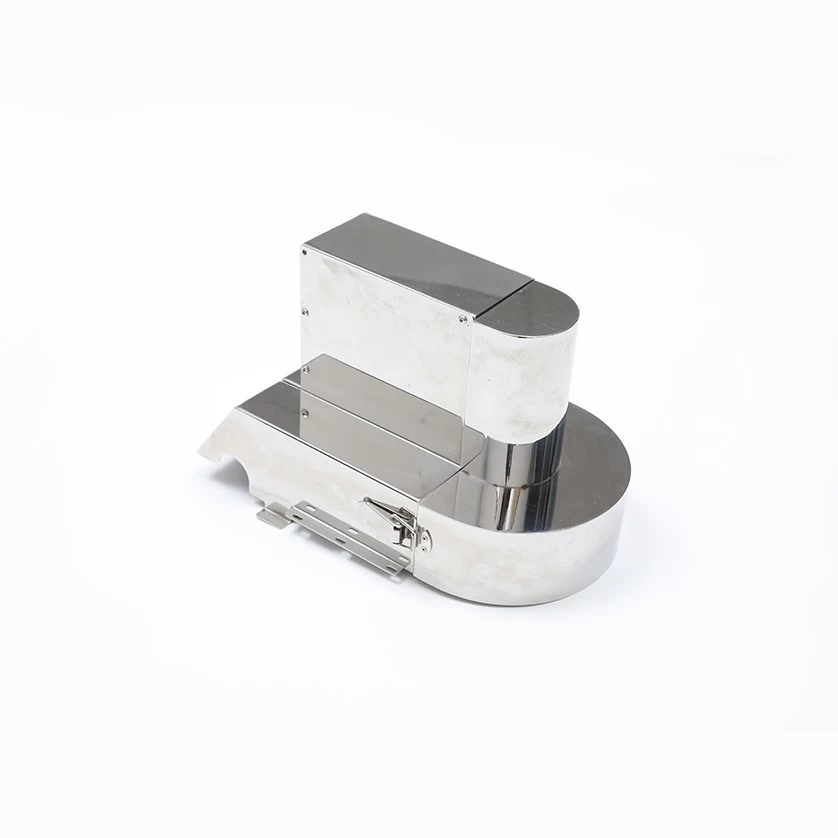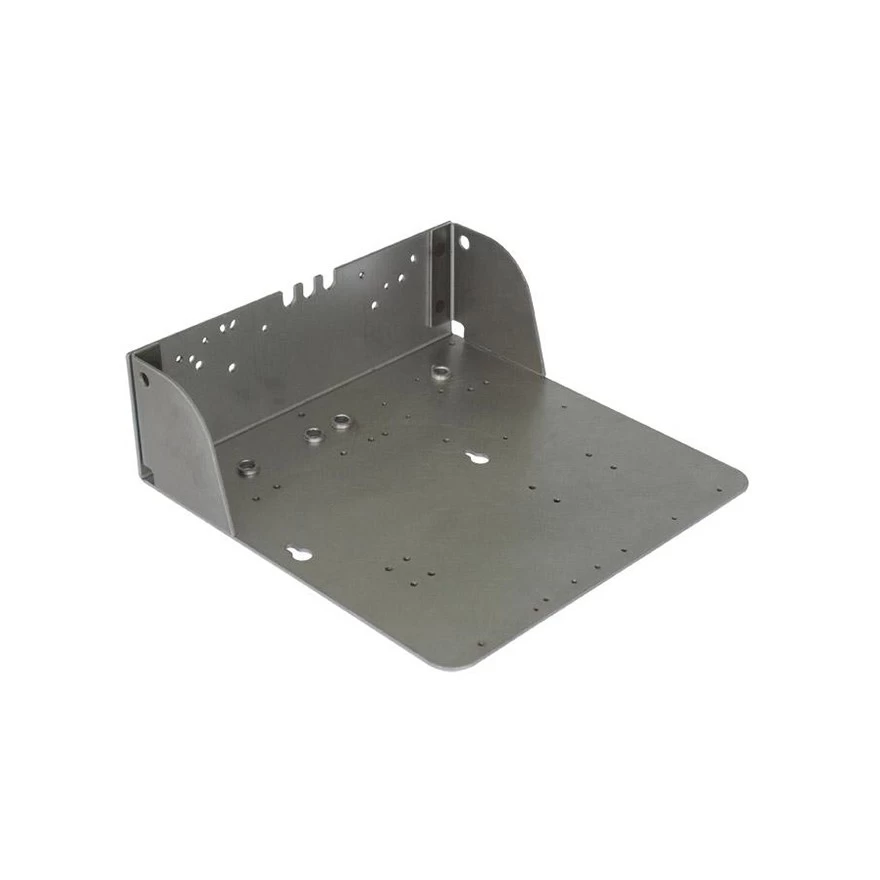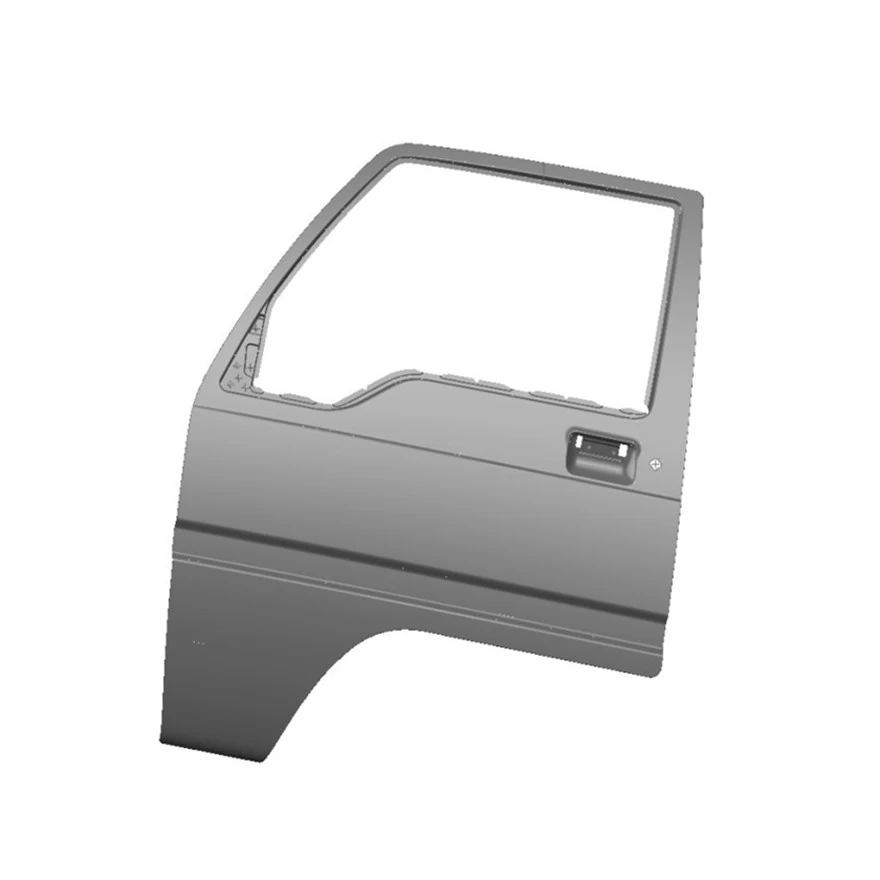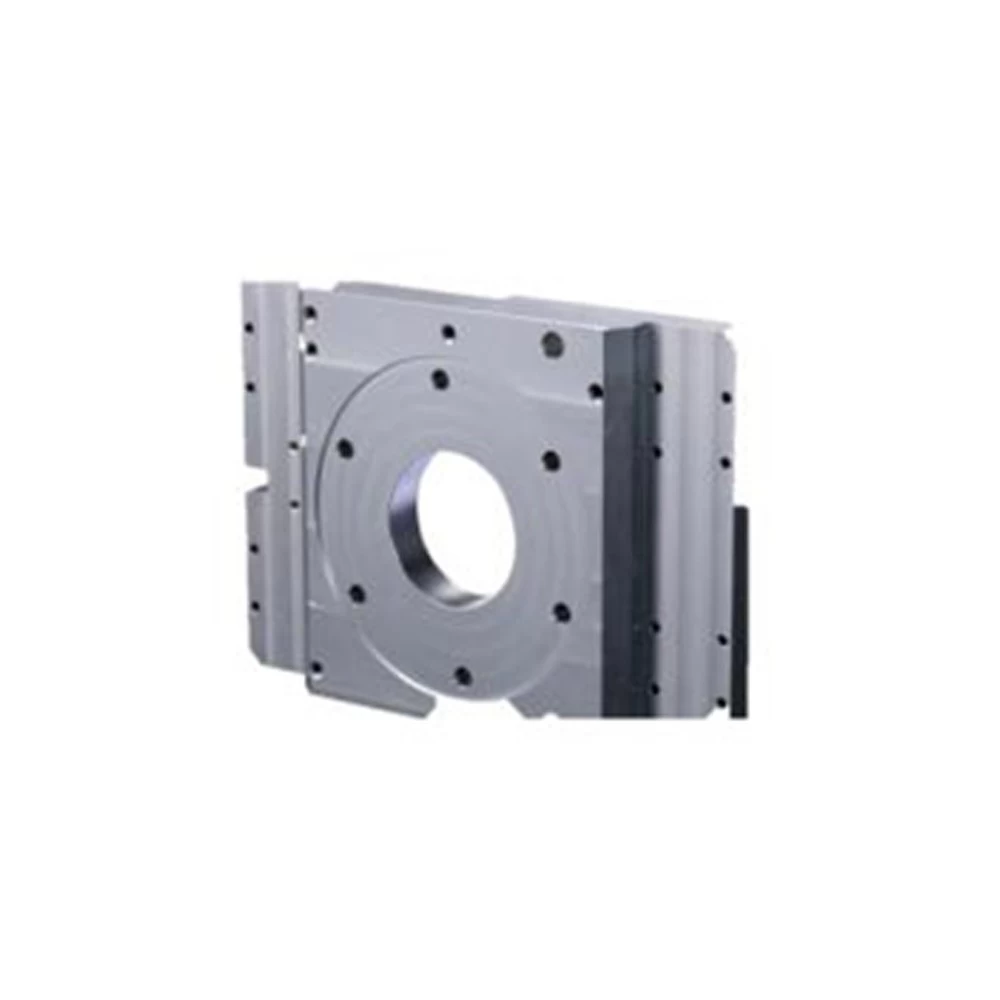General Knowledge on “Sheet Metal Fabrication”
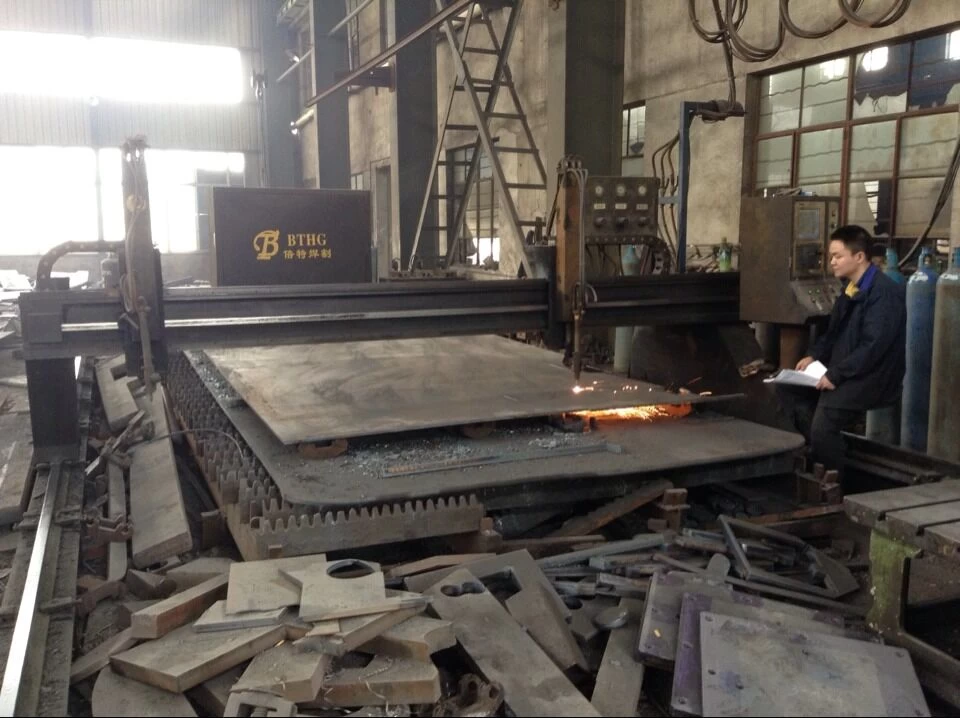
1, Sheet Metal Fabrication–cutting: cutting a variety of ways, there are several ways
①. Scissors: Scissors cut using a simple strip materials and parts, it is primarily for blanking forming mold preparation and processing, low cost, accuracy of less than 0.2, but can only process nonporous no chamfered strip or block material.
②. Punch: Punch is the use of one or more steps in the flat pieces of sheet metal stamping parts will commence after forming various shapes of materials and parts, the advantage of cost and shorter, high efficiency, high precision, low cost, suitable for mass production, but to design the mold.
③. NC CNC cutting, the first to be prepared when cutting CNC machining NC program, use programming software, an expanded view of the preparation will be drawn into the NC machine tools pull a few recognizable program, let knife punching each step on the plate according to these programs Frame shape flat pieces, but its structure by the tool structure actions, low cost, precision 0.15.
④. Under the laser material, the use of laser-cut way, in large flat shape of the structure will be cut out of their flat, with NC laser cutting, like the need to write programs that can be flat pieces of a variety of complex shapes, high cost, accuracy to 0.1 .
⑤. Sawing: mainly used under aluminum, square tube, showing the pipe, rod material and the like, low cost, low accuracy.
2. Sheet Metal Fabrication–Fitter: sink hole, tapping, reaming, drilling
Countersink angle is generally 120 ℃, for pop rivets, 90 ℃ for countersunk screws, tapping Inch Bottom.
3.Sheet Metal Fabrication– Flanging: also known as pumping hole, turn the hole is on a smaller base hole pumped into a slightly larger hole, and then tapping, mainly with relatively thin thickness of sheet metal processing, increase its strength and number of threads avoid slip teeth, generally used for relatively thin thickness, its shallow hole flanging normal week, unchanged thickness, allowing a thinner thickness of 30-40% higher than the normal height and large available flanging 40- 60% of the height, with extruded thin 50%, may be the largest flange height, when the plate thickness is large, such as 2.0, 2.5, and above the plate thickness, can be directly tapping.




